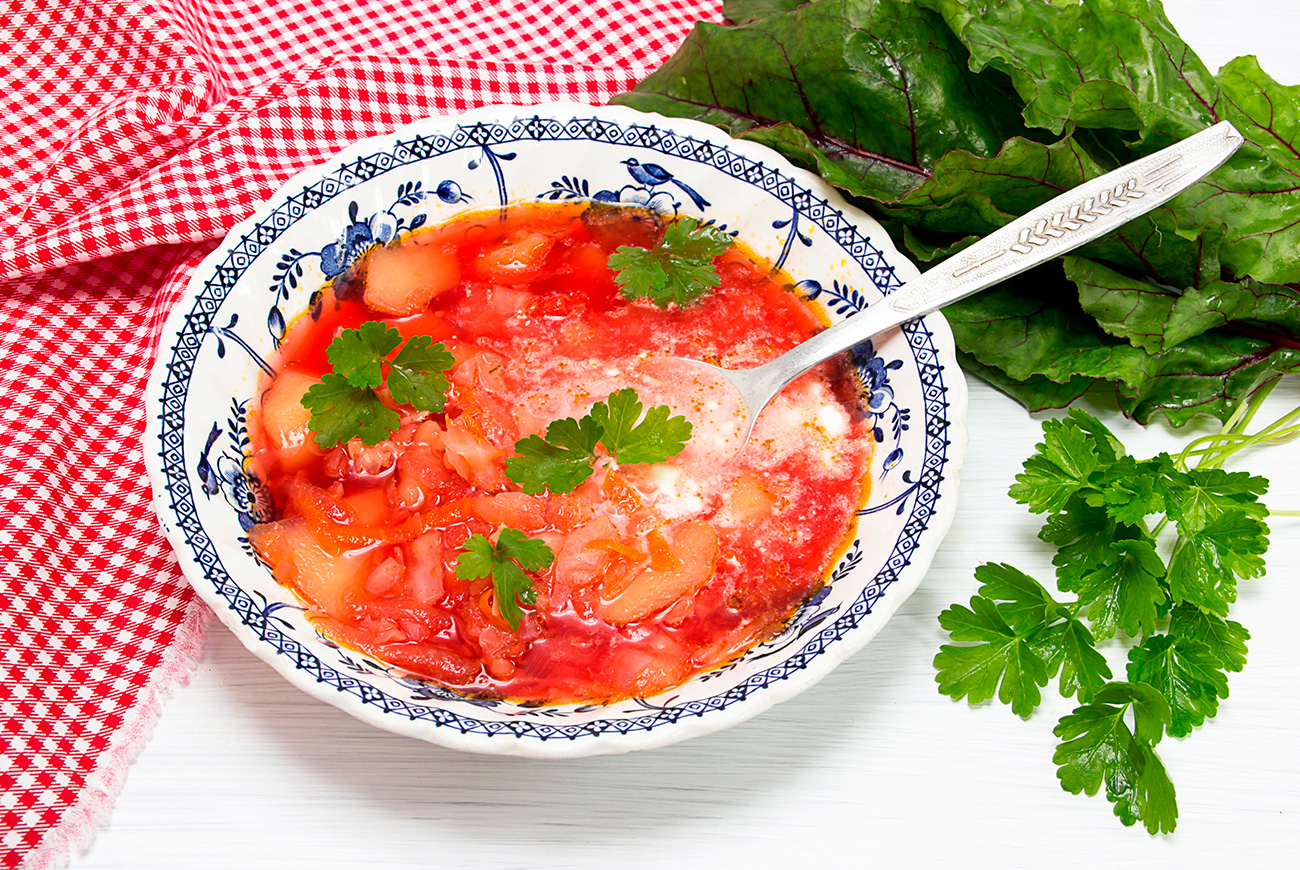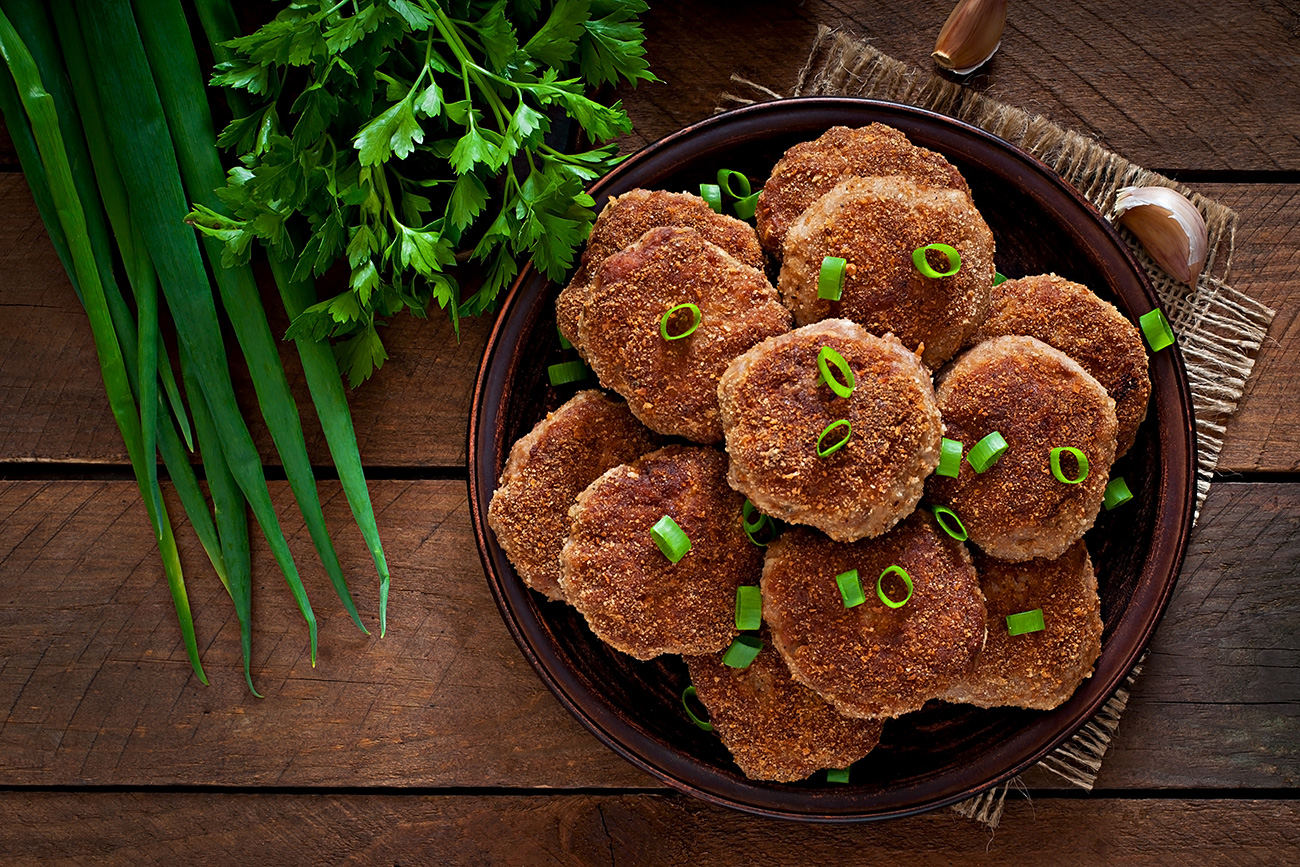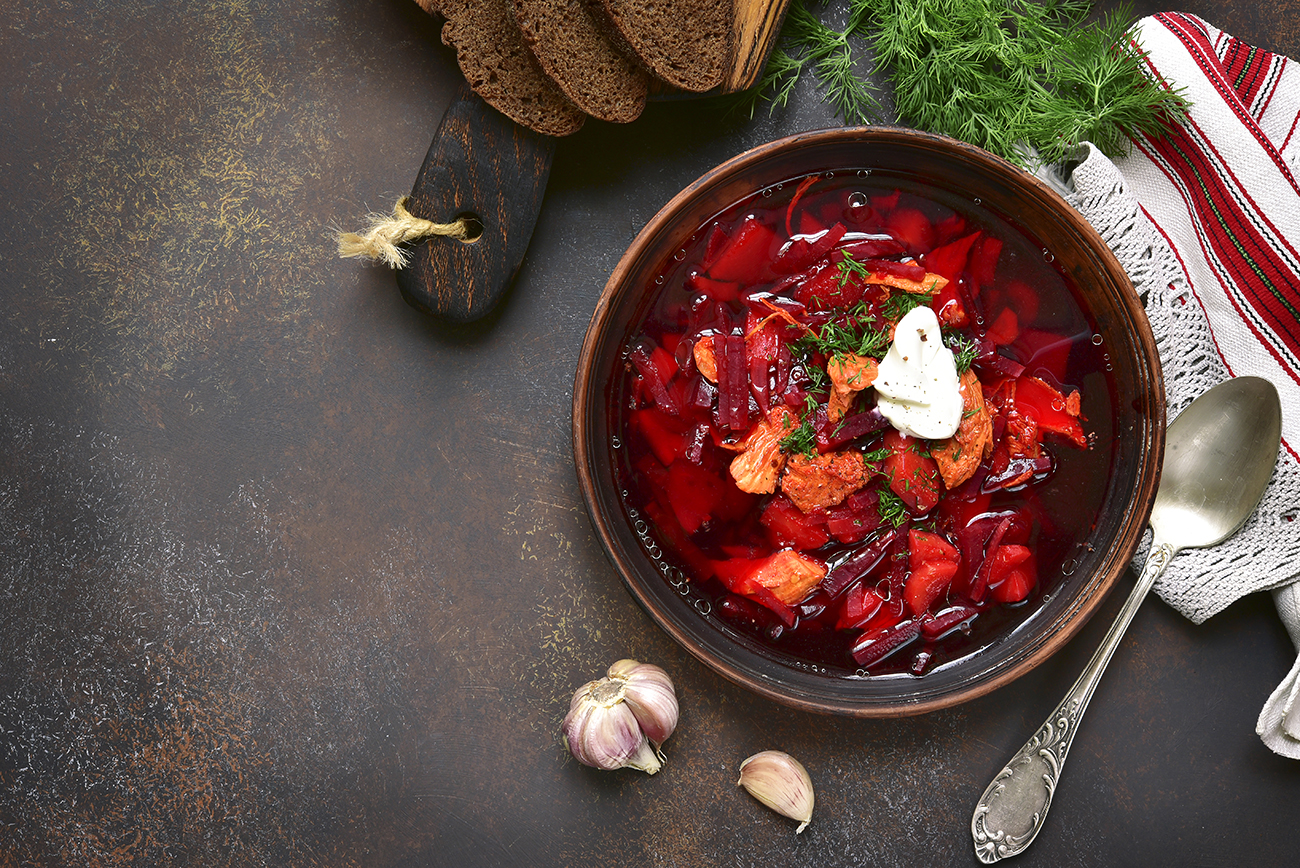Russia’s ultimate anti-cold weapon: Kefir borsch

Beat the frost in the most unusual culinary way!
Legion MediaAs time passed, the distinct Komi cuisine was forgotten. William Pokhlyobkin, the most renowned Russian culinary researcher and gastronomic historian, remarked in his “National Cuisines of Our Peoples” that industrialization, changes in the supply chain and the Soviet system of public dining resulted in a situation where even the ingredients needed for national dishes disappeared. Traditionally, locals used fish such as White Sea herring, nelma, and inconnu, but which are prohibited to catch. The region’s bounty of petroleum also had a negative impact - oil extraction led to the disappearance of some plant species such as watercress, tawny daylily and crowberry.
Today, it’s our obligation for the benefit of the culinary arts to resurrect and preserve these traditional recipes. That is also relevant regarding dishes common in Russia but which have a distinct regional accent. While every foreigner has heard of borsch, this tasty dish differs significantly from region to region.Let’s talk about northern Komi borsch, which originated in an area where it’s cold for three months and super cold for the other nine. That influenced the list of ingredients - you will hardly find cabbage in Komi borsch because it is practically impossible to grow in such harsh conditions. Therefore, the soup’s thickening owes to millet. And as if that wasn’t enough, the recipe includes kefir (or soured milk)! Well, that’s not completely a shock: fermented milk products help to preserve the color of the main borsch ingredient, beet root, just as vinegar was included in the common recipe.
How to make it:
Ingredients:
- 100 g beef
- 100 g potatoes
- 80 g beet
- 15 g carrot
- 10 g onion bulbs
- 15 g millet
- 70 g kefir or soured milk
- 10 g sour cream
- salt to taste
2. Cut beet, carrot, and potatoes (thin). Add millet.
3. Add kefir and salt before finishing the cooking.
Add sour cream and chopped onion before serving. Earthenware is essential for serving properly, and with the thick broth you’ll feel the ultimate northern way to resist the cold!
If using any of Russia Beyond's content, partly or in full, always provide an active hyperlink to the original material.
Subscribe
to our newsletter!
Get the week's best stories straight to your inbox

